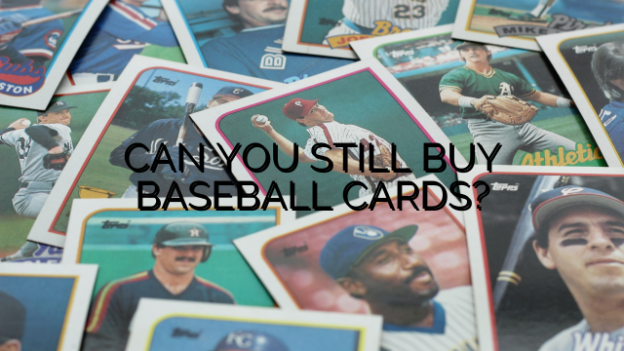Baseball cards have been collected for generations and remain a popular hobby. Even in today’s digital world, there is still a large market for buying and trading physical baseball cards. Some of the most common places to purchase baseball cards in 2022 include:
Retail Stores – Large retail chains like Target and Walmart typically have a trading card section where you can find the current year’s baseball card releases from the major brands like Topps, Panini, and Upper Deck. Stores like these are convenient for finding the mainstream releases as they hit the market each season.
Sport Card and Memorabilia Shops – Specialty hobby shops dedicated solely to trading cards, memorabilia and collectibles are still prevalent across the country. These independent shops will have a much wider selection than big box retailers, with inventory spanning many previous seasons and brands beyond just the current year. They are a good one-stop-shop option for avid collectors.
Online Retailers – Websites like Amazon, eBay, and websites of individual card shops allow you to easily purchase cards online. This is especially useful for tracking down out of print older releases. Prices may vary more widely online compared to retail though due to individual seller pricing. Be cautious of fraudulent or inaccurate listings. Reputable sites and sellers are important.
Trading Apps – Apps like TradeDB and CardLadder provide an engaging platform for directly trading cards with other users. Most support buying and selling for cash as well through their internal marketplace functions. This opens up accessibility for collectors worldwide to find even the hardest to locate older releases.
Card Shows/Conventions – Regularly scheduled card shows are still happening across North America on weekends where hundreds of individual vendors come together to sell cards. This provides the opportunity to dig through boxes upon boxes and potentially find rare vintage gems. Larger national conventions draw collectors from far and wide as well.
Direct From Manufacturers – Companies like Topps, Panini, and Upper Deck sell directly through their own websites. This is typically limited to the most recent couple years of releases and special direct-to-consumer exclusives/parallels though. Pre-orders are common for the upcoming season too on manufacturer sites before products arrive at mass retail.
While the baseball card market has fluctuated some over the decades, interest remains strong among both casual and serious collectors. Newer digital hobbies have by no means replaced the fun of searching through packs, building sets, and enjoying the art of the classic cardboard cardboard collecting experience. As long as baseball itself continues to thrive globally, its trading cards will surely remain an collectible commodity that people young and old love to discover, trade, and cherish for generations to come.


